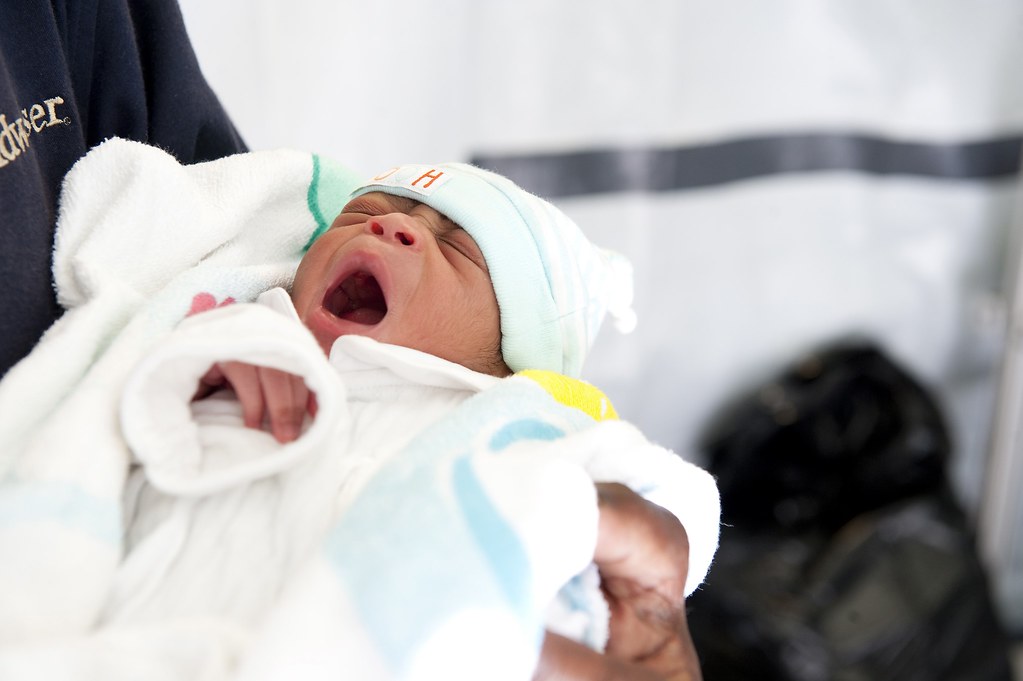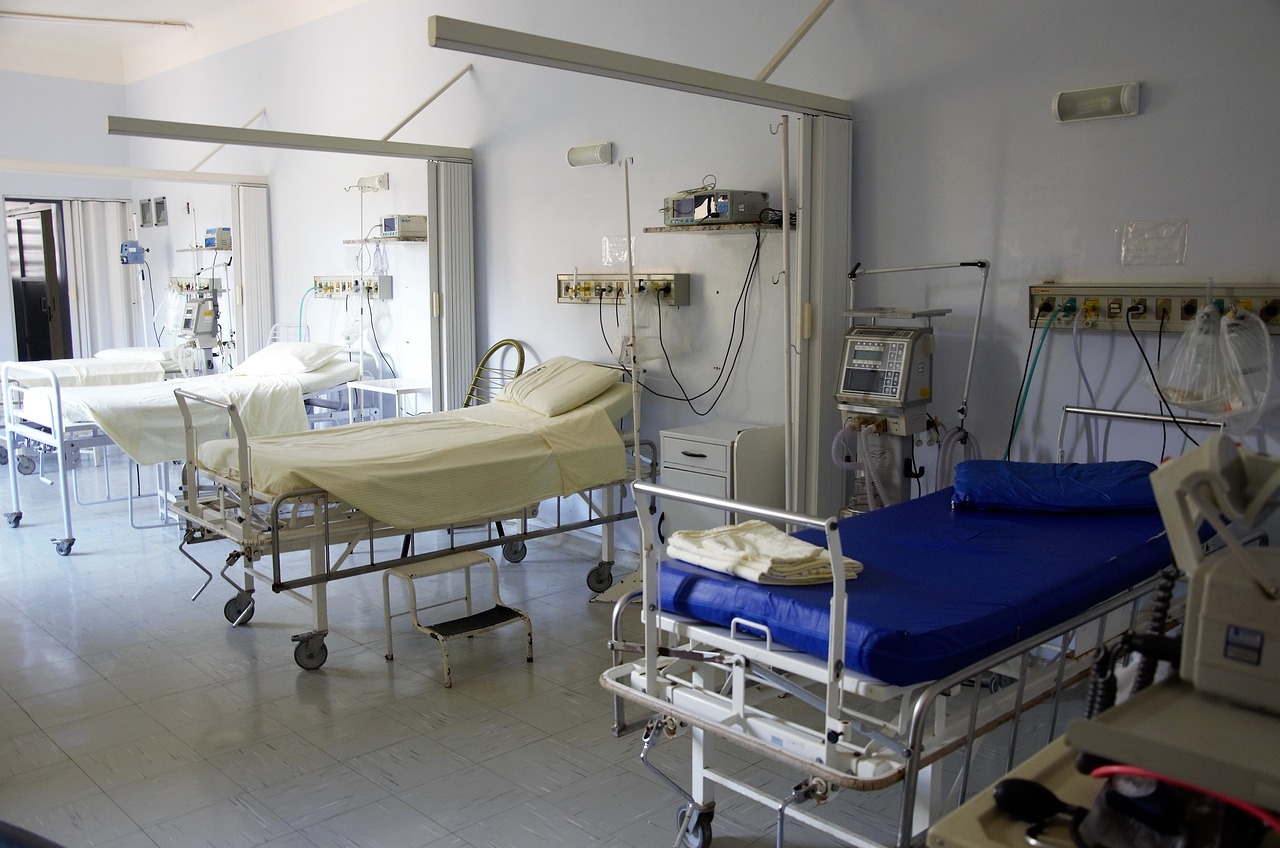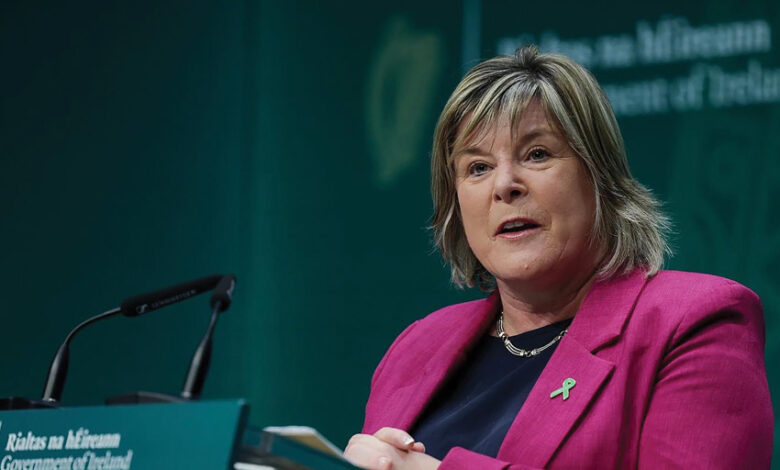New research shows how immune response to TB differs in babies

The immune response to tuberculosis (TB) differs in adults and newborn babies due to the way immune cells use energy to kick into gear in a bid to kill the bacteria. This fresh discovery – just published in leading journal, Frontiers in Immunology – offers hope for improving treatments for what remains a deadly disease.
TB is still one of the biggest infectious killers in the world and babies are more likely than adults to get this infection and for it to spread outside of the lungs. Thanks to the work of scientists in Professor Joseph Keane’s TB Immunology lab, based in the Trinity Translational Medicine Institute at St James’s Hospital, we now have a better idea why.
Dr Cilian Ó Maoldomhnaigh, a paediatrician who undertook this research as part of a PhD project explains:
“We found fundamental differences in how a baby’s immune cells respond to TB compared to those of an adult and hope that this will eventually lead to new ways to target this infection.
“Babies’ immune cells don’t have the capacity to change their energy profile in the same way adults do after being exposed to bacteria. This shift in cellular energetics is crucial to mounting pro-inflammatory responses that defend the host against infection. We also found that babies produce less TNF, which is a key inflammatory mediator needed to fight TB.”
“We would like to thank all of the parents who consented for us to take placental blood post-birth, from which we collected the baby immune cells, and to our funders, the National Children’s Research Centre and the Royal City of Dublin Hospital Trust, for making this research possible.”
The work also highlights that a special shift in the way cells use energy, called the Warburg effect, occurs in human immune cells.
Though this has been documented in animal models previously, it is the first time that it has been shown in human cells and the timing and type of energy shifts are different than that described in animal cells.
By understanding how the immune system uses energy, scientists and doctors are aiming to develop better treatments to help support the immune response to infection.
Senior author on the paper, Dr Sharee Basdeo, is excited about the impact this work may have. She said:
“Our work indicates that the function and energy profile of human immune cells in response to infection may change during childhood development, and with ageing.
“Understanding the differences in the profiles of key immune cells over a human lifetime will enable us to design immuno-supportive therapies to help protect vulnerable populations, such as the very old and the very young, against infections.”
The journal article can be viewed at https://bit.ly/3dSTwis.
You might also like
For relevant updates on Emergency Services news and events, subscribe to EmergencyServices.ie









